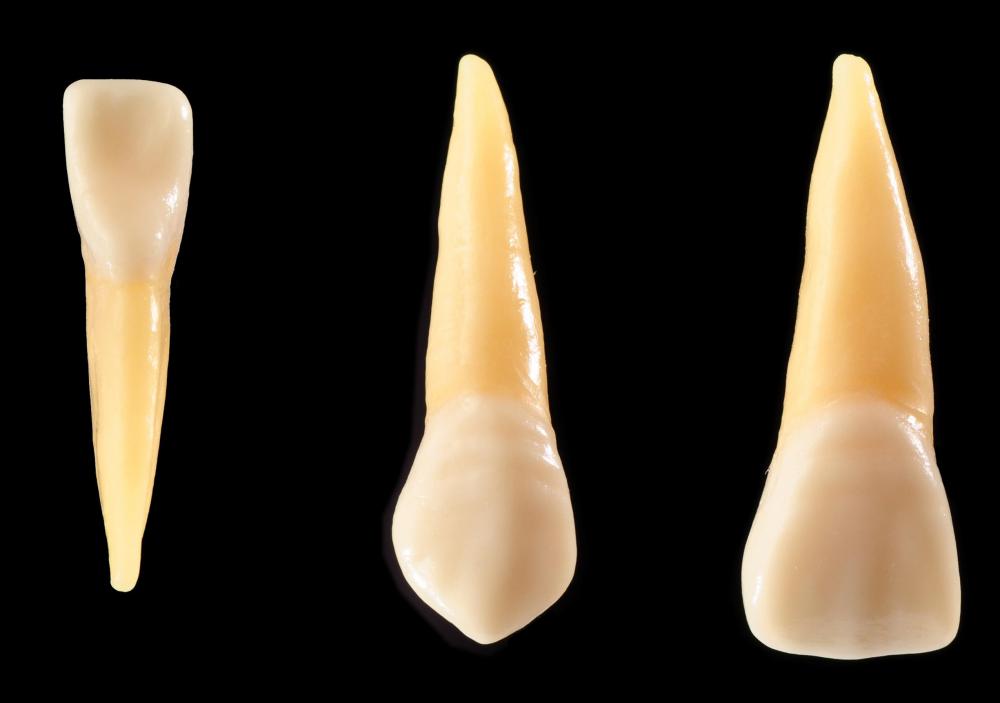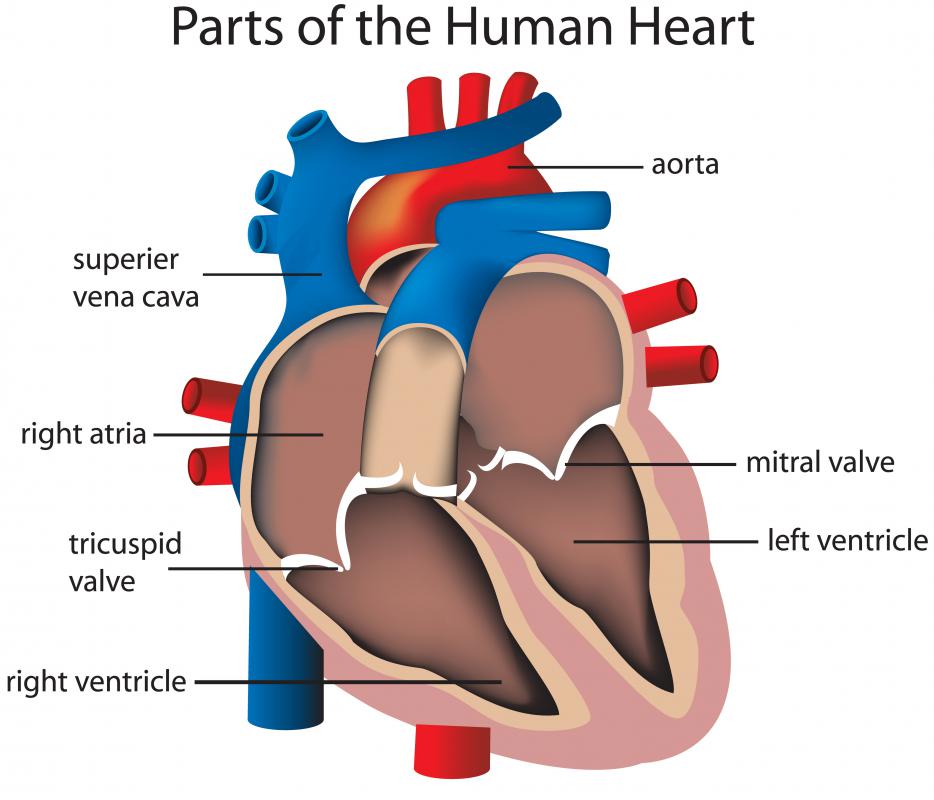At TheHealthBoard, we're committed to delivering accurate, trustworthy information. Our expert-authored content is rigorously fact-checked and sourced from credible authorities. Discover how we uphold the highest standards in providing you with reliable knowledge.
What Is Hypercementosis?
Hypercementosis refers to a condition characterized by an overgrowth of cementum, the tissue that normally sheathes the roots of the teeth. Some patients may experience symptoms like pain and inflammation around the roots of the involved teeth, while others are asymptomatic and the condition is only identified during routine dental screening. The most appropriate treatment can depend on the cause and the symptoms; patients who aren’t having any other dental problems and don’t have symptoms, for example, don’t need any specific dental care beyond watching for complications.
Some reasons to develop hypercementosis can include Paget’s disease of the bone, gum disease, pituitary disorders, and aging. A dentist may ask for some additional testing to confirm that the patient has hypercementosis and not cementoblastoma, a cancer of the cementum. Both conditions are characterized by excessive tissue growth, but one is malignant and can cause complications as it spreads through the jaw. Patients with cementoblastoma need cancer treatment to arrest the growth and prevent a recurrence in the interest of protecting the teeth and jaw.

In asymptomatic patients, hypercementosis may be noticed on x-rays, where the cementum can appear enlarged. The dentist may conduct a physical examination to check for sensitivity and inflammation in the area and if the patient appears healthy, the best treatment may be no treatment at all. Further dental examinations can check on the patient’s progress, and patients can also report the onset of pain and tenderness if they arise. This approach minimizes the risk of complications from invasive procedures, like infections or inflammation.

If the patient has symptoms or the hypercementosis is linked to another medical condition like a glandular disorder, treatment may be required. Underlying problems can be treated by another medical specialist and a dentist may be able to perform procedures to tackle the excess cementum and make the patient feel more comfortable. Pain and inflammation can also be treated with medications, while gum disease may require frequent cleanings and other steps to provide a measure of control.

Dental problems can cause larger systemic disorders, like infections in the blood vessels of the heart, if they are not treated. Patients who notice tenderness and irritation in the mouth should see a dentist to receive an evaluation, and it is advisable to see a dentist on a recommended schedule for checkups. These include an opportunity to clean the teeth, take x-rays to check for problems, and perform a physical exam to evaluate tooth and gum health.
AS FEATURED ON:
AS FEATURED ON:

















Discuss this Article
Post your comments